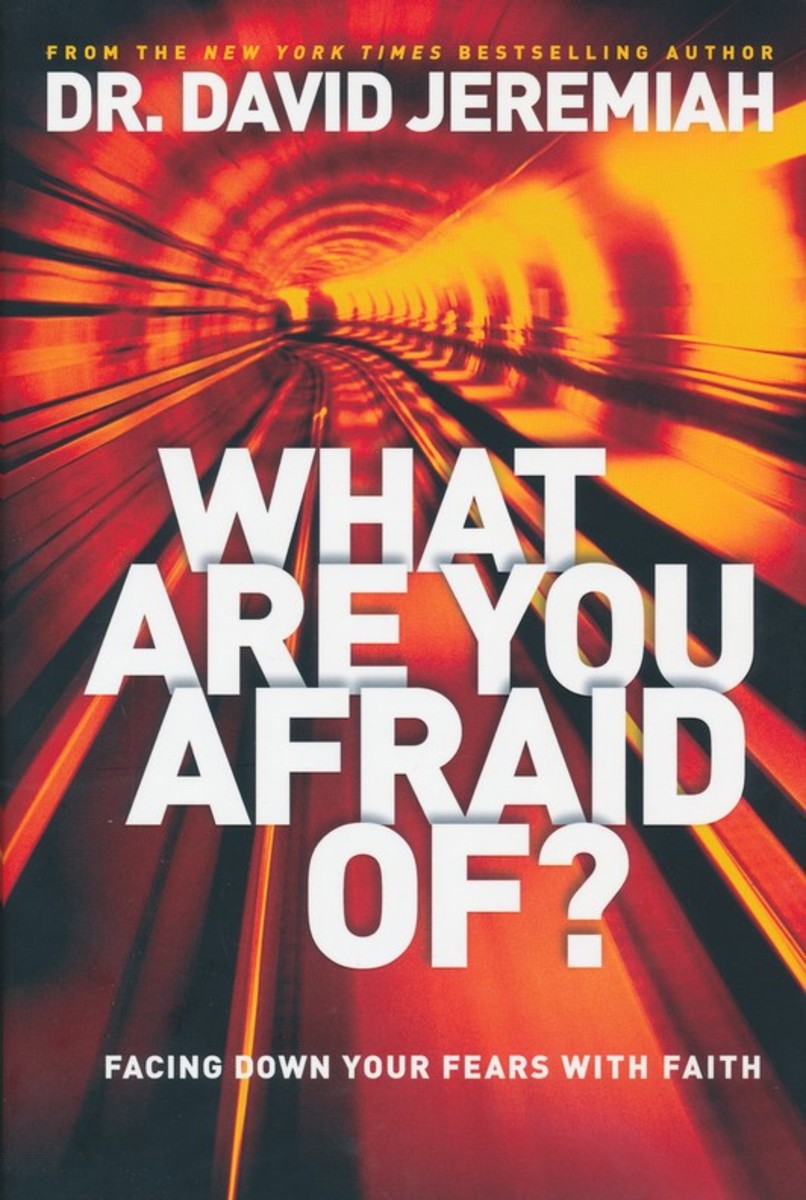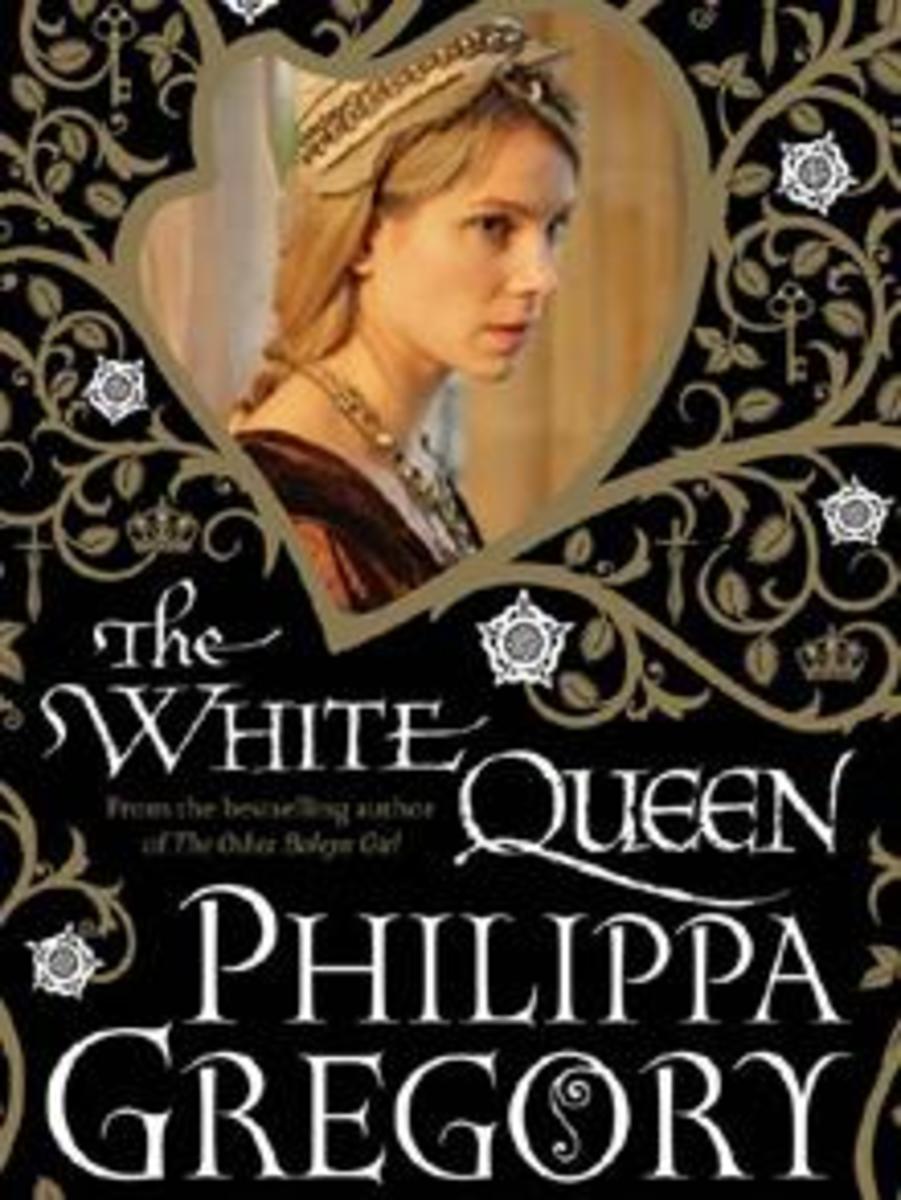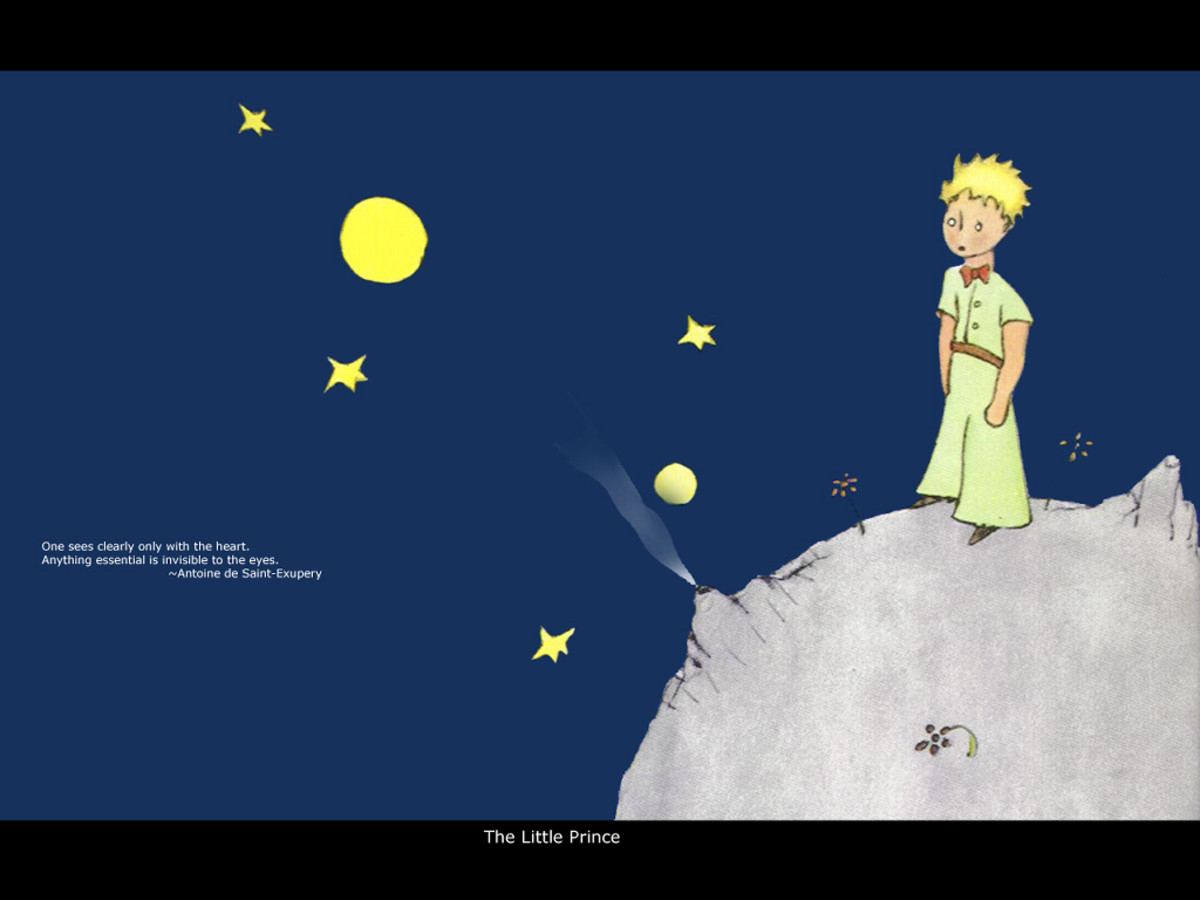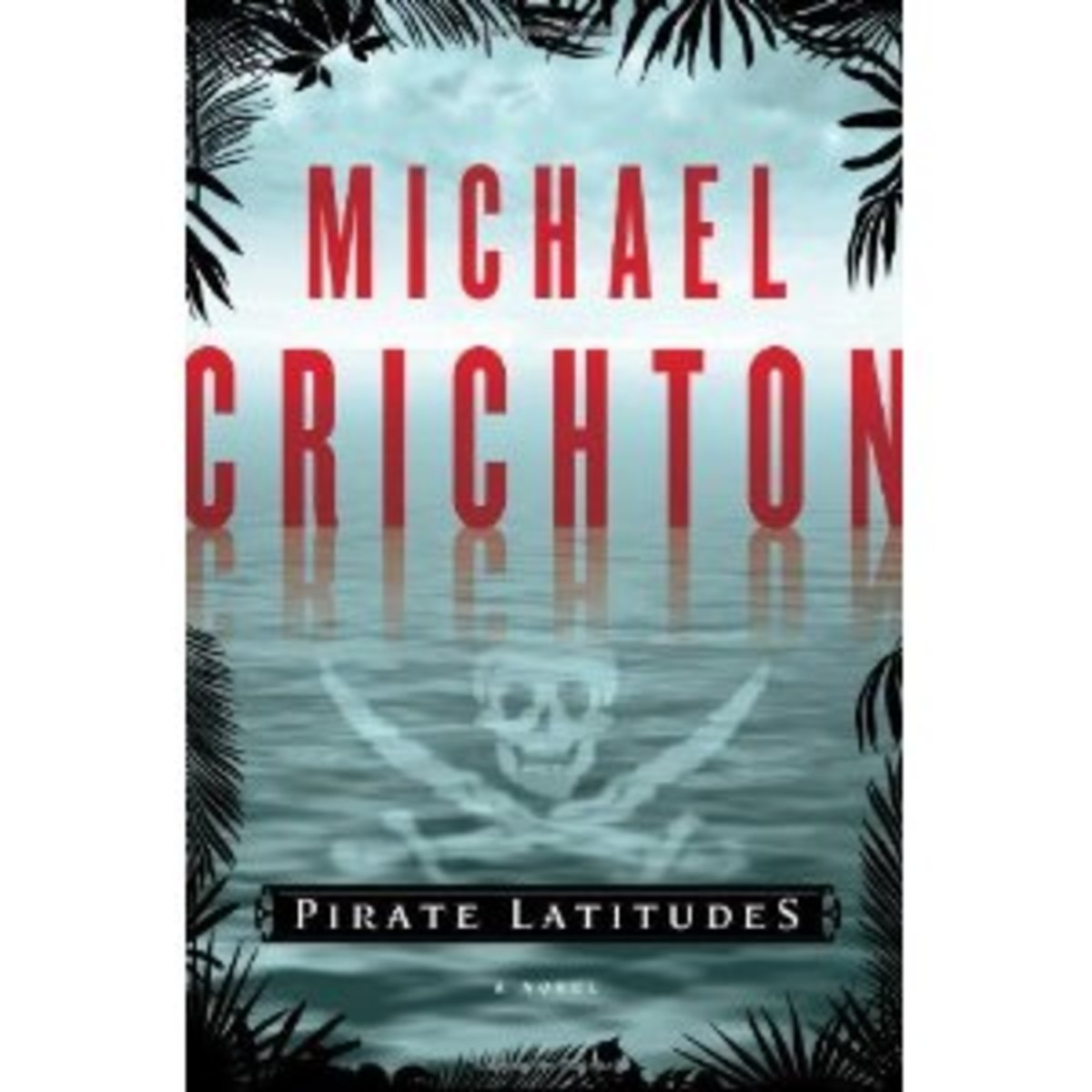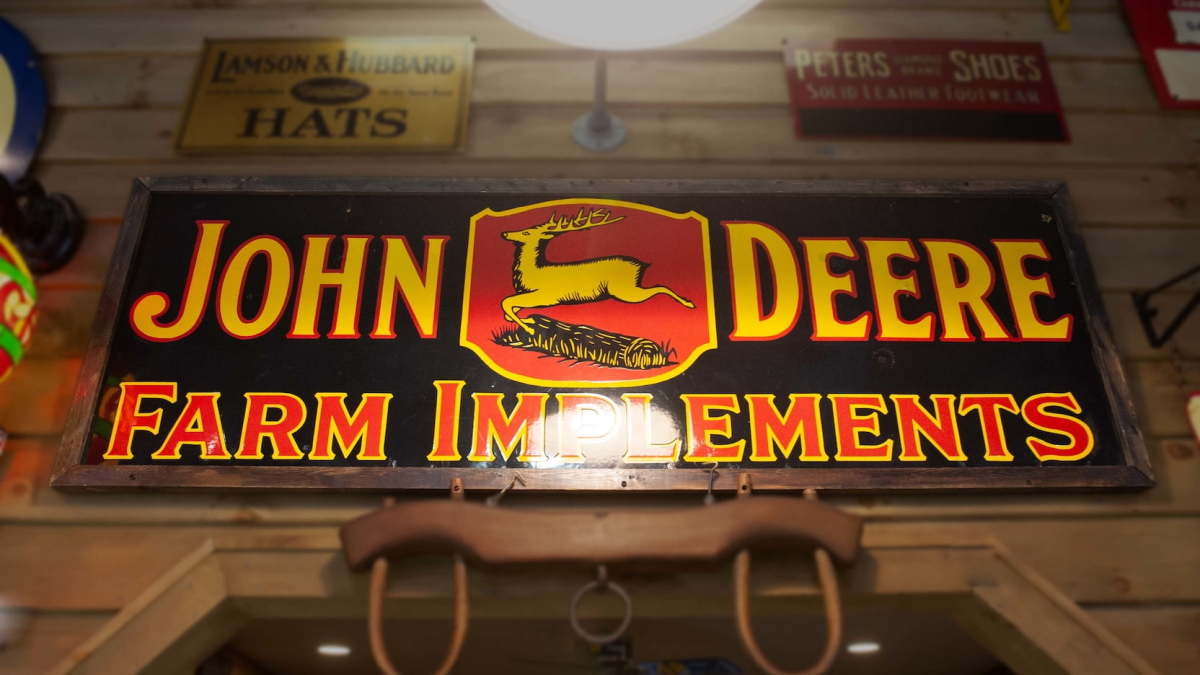Book Review: The Jungle
Upton Sinclaire’s “The Jungle” is a genuinely marvelous book, which I would suggest be kept away from anyone with any form of depression, from anarchists and/or those who oppose the “system”. For all such people the book would be enraging, it would be perhaps even demoralizing or, “the cherry on top”. Fitting all three categories from above, I found the book quite tragic, plainly sad and hopeless yet, I respect a good work of art for what it is.
The author’s ability to describe and explain circumstances and situations in the written word is formidable. The use of foreshadowing in “The Jungle” is impressive and subtle enough that I did not expect the book to develop as it did. Lastly, what I enjoyed the most in the way this novel was written was the fine line, almost invisible that separates the humans from the animals.
Right from the beginning of the book, it is clear that Upton’s strongest quality is that of description. “The Jungle” begins in the middle of a wedding and Upton Sinclaire “brings” the reader to the party. I must admit that my east-European background made visualizing the entire wedding scene quite easy. The wedding description actually brought a whole feeling of nostalgia when I began reading about Tamoszius getting so fired-up that he climbed “upon a stool”[1]. All seems so close to how weddings were back home (in Romania) “out in the country” where: “the older people have dances from home, strange and complicated steps which they execute with solemnity.”[2] Upton is brutally right in describing Jokubas Szvedvilas and his wife. I clearly remember such couples who “are too fat to dance . . . ecstasy.”[3]
“The Jungle” at times made me think that it was overly explicit but as a whole, the novel needed the somewhat excessive details in order for the reader to compose a complete image of the life of an immigrant in Chicago at that time. For example, chapter III describes in its entirety the business of Durham and Company. When Upton Sinclaire writes, “No tiniest particle of organic matter was wasted in Durham’s”[4], it is after five pages of explaining what exactly happens to the hogs and cattle in Packingtown. And when Sinclaire writes, “There is a place that awaits for the lowest man – the fertilizer-plant”[5] he does well in explaining why the fertilizer plant is for the lowest man two pages over. For just under two paragraphs (“Jurgis was . . . into shreds.”[6]) the author vividly describes Jurgis’ work in the fertilizer plant to the extent that the reader would be insensible not to “feel” Jurgis’ pain and suffering; his mental strain and of those around him as he “made his home a miniature fertilizer-mill a minute after entering”[7]
Only when I completed the novel did I realize all the hints and foreshadowing tips, which Sinclaire sprinkled throughout his book. Since ‘hope’ is reinforced by the positive attitude of the main characters towards their desperate situation throughout the novel, it was extremely hard to accept the ill fate of all of them even when Sinclaire made it obvious. When on page 18 at the end of the first paragraph the author explains how saloon-keepers are ‘always right’ and with close ties to politicians, it is hard to conceive how Jurgis (one who does not drink alcohol at this time in the novel) would at a later time not only drink (at the end of chapter XIX he takes Kotrina’s “nearly three dollars”[8] and drinks until he has none left) but even go to jail because of getting into a fight with a saloon keeper (on page 272).
At the end of chapter XIV, Sinclaire writes that, “Ona was visibly going to pieces. In the first place she was developing a cough, like the one that had killed old Dede Antanas.” Yet, as a reader, I was led to believed that everything was only temporary. Even in chapter XVIII, when Ona is crying, saying: “My God – let me die, let me die”[9] I did not believe that five pages later, she would indeed die. The author writes about Jurgis that “Ah, if he could have foreseen it – but then, he would have foreseen it, if he had not been a fool!”[10] I suppose I am a fool myself since I did not foresee (even with all the foreshadowing) almost any of Jurgis’ troubles.
It is true that quite from the beginning of the book; Jurgis was portrayed as a simple worker, a regular sheep – actually more of a working horse, his slogan being: “do not worry . . . I will work harder!”[11] Sinclaire seems to cross this line between the human and the animal when he describes the business at Durham. He writes that “they brought about ten thousand head of cattle every day, and as many hogs, and half as many sheep”[12] and “it employed . . . people!”[13]All through the novel the reader is told about how “people . . . come in hordes”[14], they are “soaked in blood”[15], and “willing to work all the time”[16] – just like animals. At one point, the author writes about “human creatures . . . cave-men!”[17]; Elizabieta is described as “one of the primitive creatures”[18].
Little Antanas has “the appetite of a wolf”[19]and Jurgis feels “like a bird”[20] at one time while he is “as literally crippled as any wild animal”[21] at another. About two-thirds through the book Jurgis compares himself with horses when he asks a farmer if “when you get through working your horses this fall, will you turn them out in the snow?”[22] And in chapter XXVI a boss is yelling at strikers telling them “You went out of here like cattle, and like cattle you’ll come back!”[23] All through the book, Sinclaire compares humans with animals and considering the conditions in which the immigrants lived in Chicago at that time, he rightly does so.
Thus, I must admit that “The Jungle” is a remarkable novel in the way it portrays the life of European immigrants of Chicago in the 1900’s through the few characters’ lives that it describes and the use of foreshadowing brings an overall closure with the end of the novel; all ties-in to the dramatic ending. The comparison of humans to animals also helps in setting the scene and describing the miserable conditions in which Jurgis and his family found themselves.
By its end, “The Jungle” is as sorrowful and depressing as any Shakespearean play except the characters continually die throughout the novel without the excess of deaths at the end. Yet, Sinclaire had to finish the novel when he did because he was running out of characters – he killed almost all of them two thirds through the novel. “The Jungle” is indeed a sad story to be read only in the most hopeful of times!
[1] The Jungle, 8
[2] Page 12
[3] Page 12
[4] Page44
[5] Page140
[6] Page 142
[7] Page143
[8] Page211
[9] Page 198
[10] Page 171
[11] Page 18
[12] Page37
[13] Page 45
[14] Page 72
[15] Page 88
[16] Page 110
[17] Page127
[18] Page214
[19] Page 231
[20] Page 235
[21] Page309
[22] Page 238
[23] Page300

